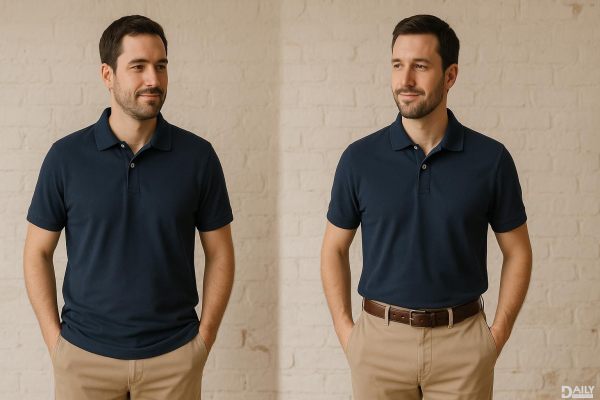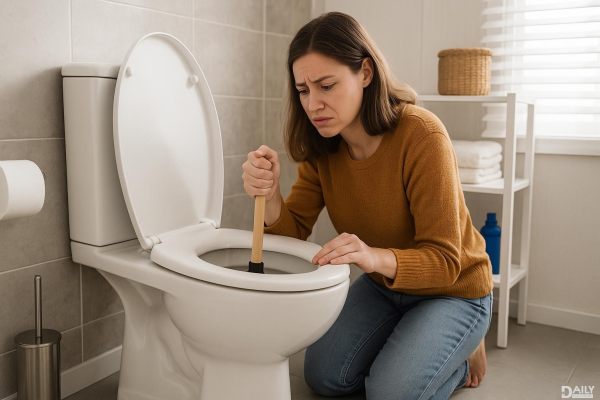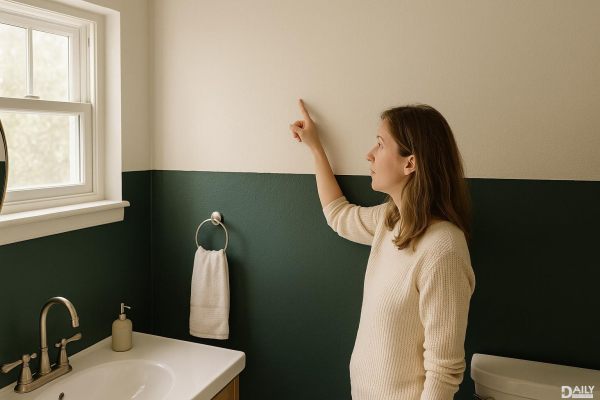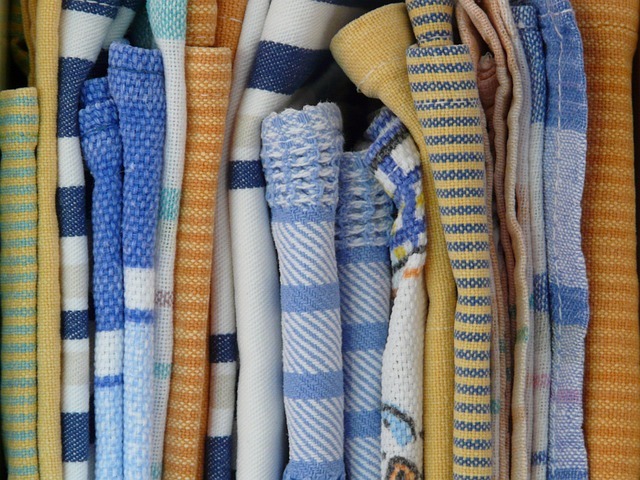Slow shopping isn’t just about taking your time at the mall—it’s a mindset shift that turns every purchase into a deliberate, meaningful choice. Instead of impulse buys or frantic holiday rushes, slow shopping encourages you to pause, reflect, and ask yourself whether that shiny new thing truly aligns with your values, needs, and budget. It’s the antidote to consumerism on autopilot, blending mindfulness with intentional spending to create a more fulfilling relationship with what you own.
Why Slow Shopping Beats Retail Therapy
debt. Slow shopping flips the script by prioritizing quality over quantity. It’s about researching brands, considering longevity, and asking, "Will I still love this in a year?" Unlike impulse buys, slow purchases often become lifelong favorites—think a perfectly broken-in leather jacket or a handcrafted coffee mug you use daily. Plus, it saves money long-term by cutting out wasteful "meh" purchases that end up donated or trashed.
The Psychology Behind Mindful Spending
Ever bought something just because it was on sale, then never wore/touched it? That’s your brain tricking you into false scarcity ("Limited stock!"). Slow shopping leverages self-awareness to outsmart marketing tactics. By pausing before checkout, you engage the prefrontal cortex (your rational decision-maker) instead of letting the amygdala (the "OMG BUY NOW" panic button) drive the cart. Bonus: Studies show mindful buyers report higher satisfaction with purchases because they align with personal goals—whether that’s sustainability, supporting small businesses, or curating a minimalist wardrobe.
How to Practice Slow Shopping IRL
Start with the 24-hour rule: See a cute dress? Sleep on it. If you’re still obsessed tomorrow, it might be worth it. Next, audit your closet/home before shopping to avoid duplicates ("Wait, I already own three black sweaters"). For bigger buys, try the "cost-per-use" test: A $200 coat worn 100 times = $2 per wear (worth it), while a $50 trendy top worn twice = $25 per wear (ouch). Also, shop local or small-batch when possible—you’ll appreciate the story behind items more than mass-produced fast fashion. Pro tip: Unsubscribe from promo emails to reduce temptation!
Slow Shopping for Different Budgets
Think slow shopping is only for the wealthy? Nope. It’s actually budget-friendly because it eliminates wasteful spending. Thrift stores, consignment shops, and "buy nothing" groups are gold mines for secondhand gems. Even big-box stores can fit slow shopping principles—just opt for timeless basics over disposable trends. If you’re saving up for a pricier ethical purchase, try a "wishlist wait period" (e.g., 30 days). By then, you’ll know if it’s a true priority or a passing whim. Remember: Slow shopping isn’t about deprivation; it’s about making room for what truly adds value.
At its core, slow shopping is a rebellion against the "buy more, faster" culture. It’s choosing fewer but better things—items that spark joy, serve a purpose, or tell a story. Whether you’re overhauling your entire spending habits or just testing the waters with a single mindful purchase, the shift can reduce stress, clutter, and buyer’s remorse. So next time you’re tempted by a flash sale, take a breath. Your wallet (and the planet) will thank you.
























